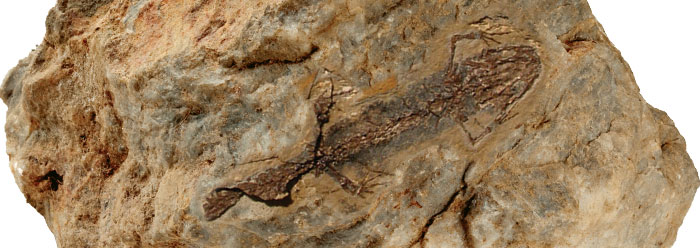
'80 Million-Year-Old' Mosasaur Fossil Has Soft Retina and Blood Residue
Mosasaur fossils have been recovered from Late Cretaceous rocks all over the world. Most are just a fossilized tooth or perhaps a loose rib or vertebra. Occasionally, several bones are discovered still together. Conventional wisdom holds that creatures from this period died millions of year ago. If that's true, why do some still have soft tissue?

Fantastic Australian Amber Supports Young World
A dazzling array of amber in a rainbow of colors has been discovered at Cape York in far north Australia. Plant and mammal parts, as well as insects and other arthropods, are trapped inside the gems, which formed from tree resin.

A New Evolutionary Link? Australopithecus sediba Has All the Wrong Signs
Evolution's search for the "missing link" between man and ape has a long and troubled history. Australopithecus sediba is the latest fossil find that is claimed to represent evolutionary human ancestors. But the remains of this extinct ape provide several solid clues that contradict any evolutionary relationship to man.

Feathered Dinosaur Debate Exhibits Young Earth Evidence
Fossil fibers found in China over a decade ago are believed by some to have come from “dinosaur feathers.” It has been suggested that the fibers bolster the claim that birds evolved from dinosaurs. But a recent study calls the whole evolutionary paradigm into question by presenting evidence of a young age for these “millions of years old” fibers.

Fresh Tissues from Solid Rock
Fresh tissues continue to be found in supposedly millions-of-years-old fossils. These un-replaced, un-mineralized, still-soft tissues come from animals or plants that were preserved by some catastrophic event.1 Each specimen looks young, and a direct inference is that its host rock must also be dated as thousands, not millions, of years old.



